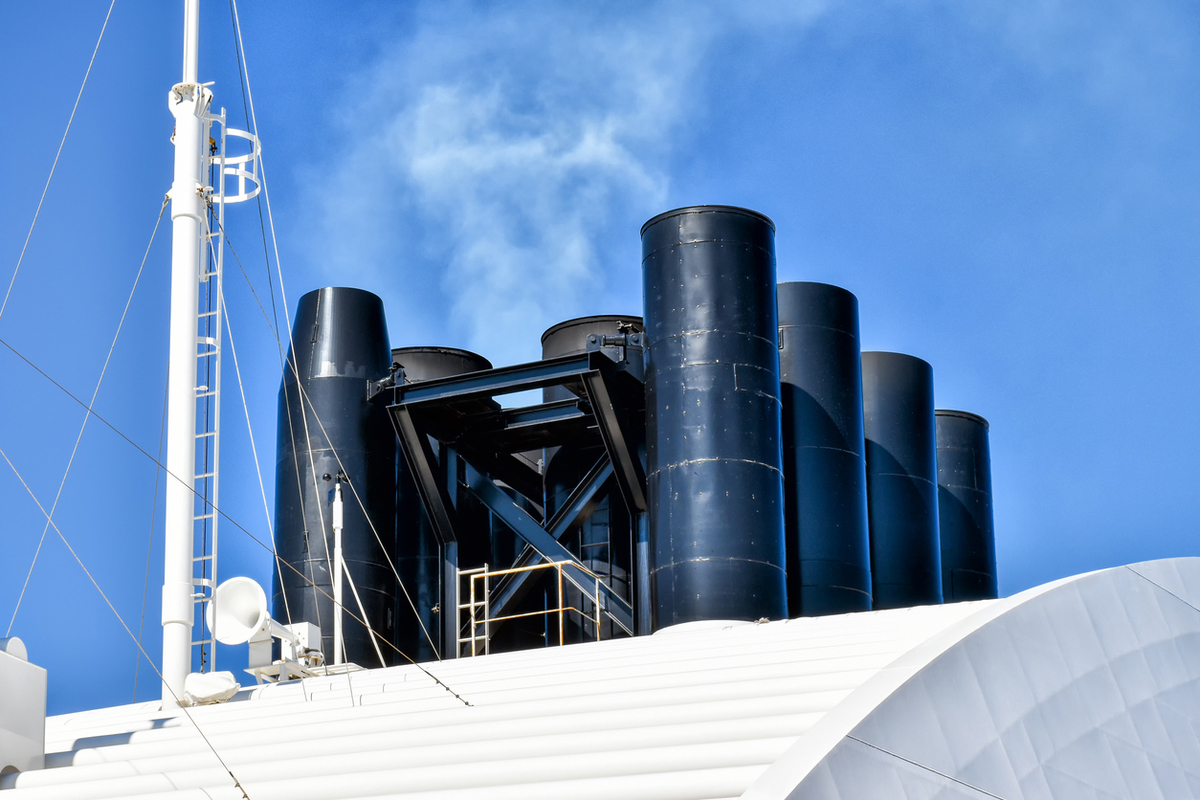LR issues CII correction factors and voyage adjustments guidelines
Classification society Lloyd’s Register (LR) has issued a guideline document to assist shipowners with collection of data and evidence to support their Carbon Intensity Indicator (CII) calculations.
 PHOTO: Exhaust gases flow from the funnel of a cruise ship. Getty Images
PHOTO: Exhaust gases flow from the funnel of a cruise ship. Getty Images
International Maritime Organisation's (IMO) CII regulation came into force from this year and mandates shipowners to calculate an Energy Efficiency Existing Ship Index (EEXI) for each vessel to grant them a CII rating between A-E, wherein A is the best rated.
The IMO regulation allows for ships operating under certain conditions to correct their CII evaluations. These are correction factor or voyage adjustments, which can exclude certain parts of ship voyages from CII calculations.
For example, ice-classed vessels making voyages through ice can correct for their “time in ice”. In another example, ships diverting to avoid an impending storm or deviating to a nearby shelter to avoid a storm can exclude this particular distance travelled from the CII calculation.
But for shipowners to qualify for these corrections, they must maintain proper data and supporting evidence, LR says in its guideline document. “The ship’s logbook should include data entries for the voyage period with the date, time and position of the ship at the commencement and end of a voyage,” it says.
Fuel consumption during these voyages can be recorded by flow meter readings. Photo evidence of logbook entries or flow meter reading can be used as evidence, LR adds.
The purpose of this document is to provide advice to shipowners on how to apply corrective factors for CII calculations, LR says.
By Nithin Chandran
Please get in touch with comments or additional info to news@engine.online






